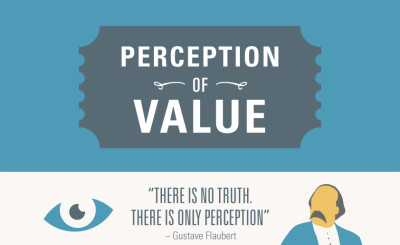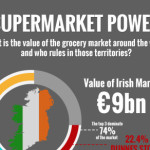The value of a product is always down to the perception of the consumer. This in turn will really affect their buying behavior. There are so many different factors that all affect perception, such as various trends, marketing practices and the variance in generational attitudes amongst consumers.
The perception of food is something that has particularly changed over time. The perceptions data graphic below and courtesy of vouchercloud talks about the various perceptions that have gone through a huge revamp. Lobster was once seen as a food for the poor. It was a food given to prisoners, as it was so readily available in the 18th century. It was only in the late 19th century that lobster became rebranded as an exotic dish. Once the problem of overfishing came to light, the prices became to rise and more upper classes saw lobster as a main course to their dinner.
As the data also shows healthy food also now has the perception of being expensive. Barley and wheat sales have slowly declined as sales in more specialised wheat known as ‘ancient grains’ became more popular. Consumers are finding it more appealing because of its association to being simple, therefore making it good for their health. Some of the grains also have exotic cultural ties, which again make them more desirable. Some have suggested that by showing ancient grains on the label, the price could be increased by more than half because there is such a desire for it.
Pricing is another factor that will affect the consumer’s perception as results show from a simple wine taste test. The same bottle of $5 wine was given to consumers in two cups. They were told they were sampling a $45 wine and a $5 wine. Most of the consumers rated the more expensive wine as better tasting. They also experienced more pleasure drinking the allegedly more expensive wine shown through brain scans. This just shows the effect that perception has on consumer behaviour. The pricing of the product must be within the consumer’s expectations. If it is too high then it will be considered as a rip off, whereas if it is too low then consumers will not consider it, as it is ‘too cheap’.
This study on perception of value extends beyond food. The following graphic shows how perceptions of value affect the pricing points of commodities like food grains, music and clothing. We hope you will appreciate the impact of how things are presented on an industry.
Jeremy
Latest posts by Jeremy (see all)
- Is Your Office Making You Sick? [Infographic] - February 2, 2017
- Snapchat Stories Vs Instagram Stories [Infographic] - January 9, 2017
- How to Buy Foreclosures the Smart Way [Infographic] - November 28, 2016
















